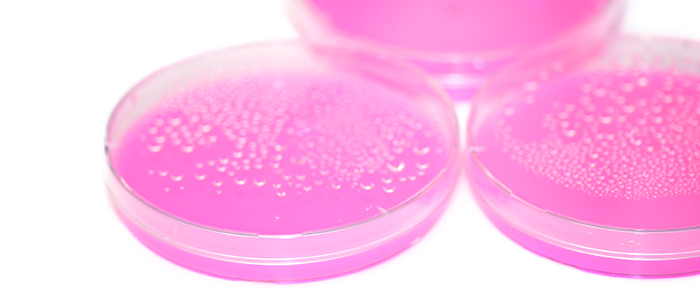What Causes Condensation in Agar Plates?
Written By: Martin Sketchley |

Condensation in agar plates is a common issue, but what causes it, and how can it impact microbiological testing? This guide explores the factors behind condensation and how to prevent it affecting your results:
- Why condensation occurs: Factors such as temperature fluctuations within agar plates can result in condensation
- How condensation can affect your test results: Excess moisture can lead to smearing, cross-contamination, and compromise accuracy
- The impact of incubation: Higher temperatures can increase condensation risks, requiring careful handling
- How to best store your media: Maintaining stable storage conditions to prevent unnecessary moisture build-up
- How to identify potential media degradation: Colored condensation droplets may indicate storage issues
Why Does Condensation Occur in Agar Plates?
Condensation in agar plates often appears as tiny water droplets on the lid or inside the packaging. But what causes this, and does it affect the quality and effectiveness of the prepared media?
Air and water molecules are naturally present within the packaging and the agar itself. When exposed to rapid temperature fluctuations—especially variations that exceed 5°C—moisture shifts both inside and outside the plates, which leads to condensation.
Several factors can increase the risk of condensation. For example, being stored near to windows or radiators exposes them to changes in temperature. Such fluctuations in environmental conditions cause agar to "sweat", releasing moisture. And if they're subjected to sudden cooling, heat retained inside the packaging leads to water molecules condensing on cooler surfaces such as the plate lid or packaging material.
Effect of "Wet Plate" Conditions on Results
While minor condensation is normal and typically reabsorbed within a few days in stable ambient conditions, excessive moisture can be problematic.
Excess moisture on the agar surface can create a "smearing" effect, making it difficult for operators to interpret microbiological test results. Large water droplets also increase the risk of cross-contamination, especially if the packaging is compromised.
Agar plates incubated at higher temperatures, such as 37°C, may also "sweat". In order to counter this, some laboratories invert their plates for incubation, in order to prevent condensation droplets from falling onto the agar.
It's important to follow the manufacturer’s recommended storage and incubation guidelines to avoid issues such as condensation and compromising the performance of your prepared media.
Optimum Storage Conditions Essential
Several general factors minimize the risk of condensation occurring:
- Avoid significant temperature fluctuations in the storage area
- Store plates in a clean environment, and store them flat, lid-upward, rather than on their side or inverted
- Use opened plates within three days where possible
Plates moved from a cold storage environment to a warmer one are especially prone to excessive condensation. To prevent this occurring, allow them to acclimatize to room temperature before use.
In some cases, condensation droplets may appear slightly colored, resembling the media. This could indicate improper storage, with repeated exposure to unsuitable conditions leading to media degradation. The colored droplets are formed as condensation "washes" degraded media from the surface of the agar.
Condensation in prepared media plates is a frequent issue that can be avoided considering the factors highlighted above. For more information on AnalytiChem's range of Redipor prepared media products, both off-the-shelf and custom formulations, contact our team.



